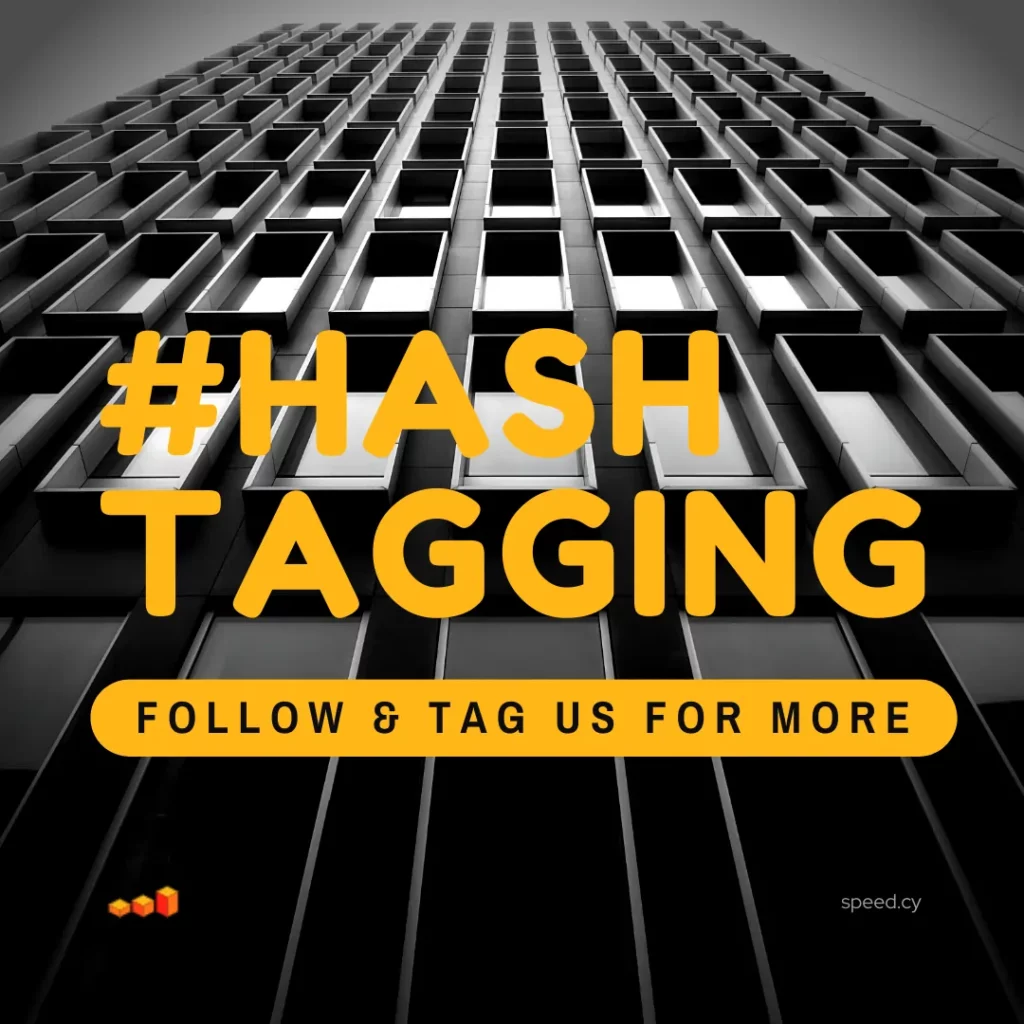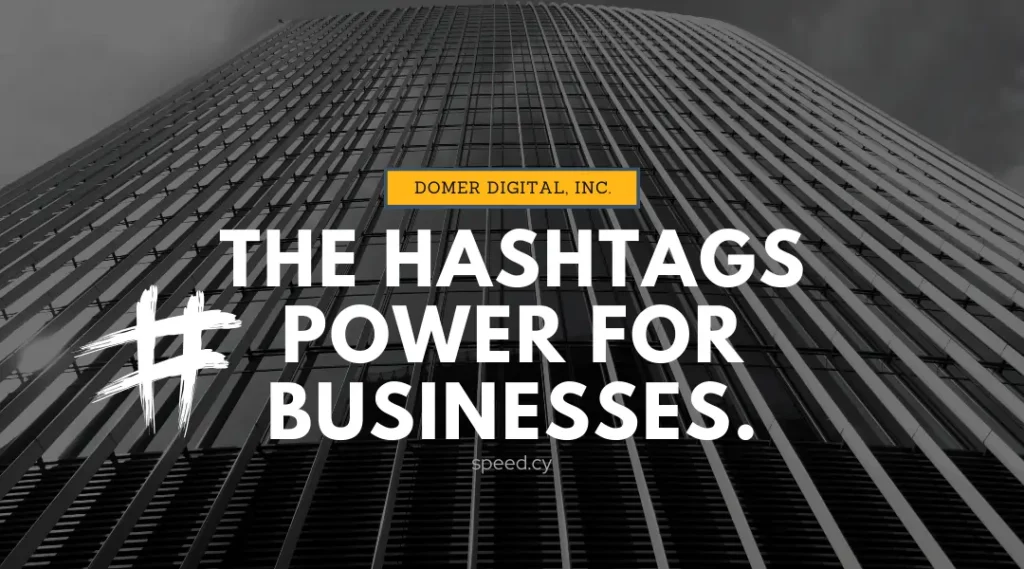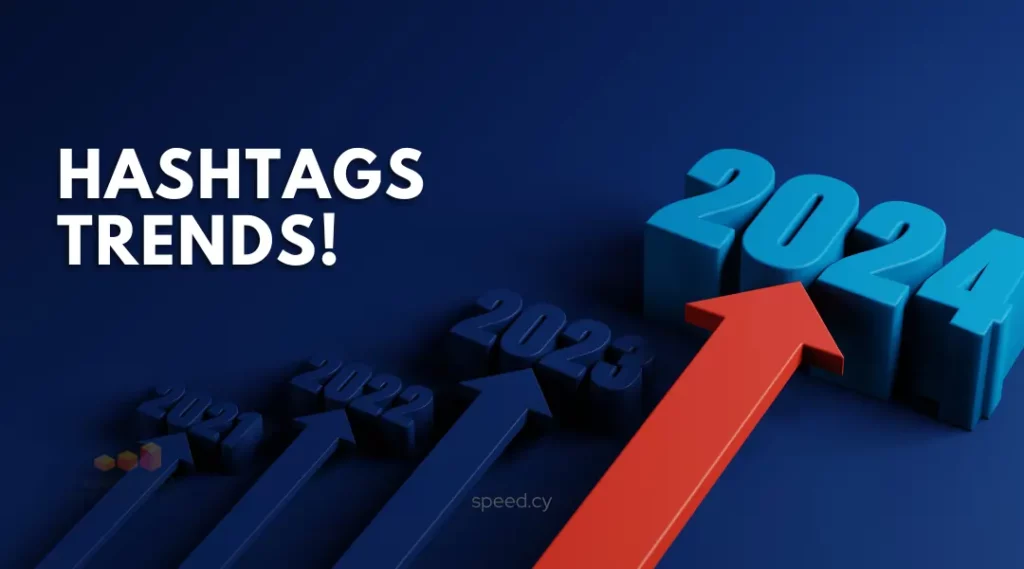Introduction to Hashtags Trends in 2024
A hashtag is a word or phrase preceded by the # symbol. On social media, hashtags categorize content and help users find information.
Brands and businesses can use hashtags to:
- Reach potential customers
- Increase brand awareness
- Foster meaningful connections
👍 Fast Tip: Adapt Your Approach
Hashtags have evolved from mere text labels to powerful tools for driving engagement, expanding reach, and connecting with target audiences on social media. As social media platforms continue to evolve and user behavior shifts, hashtag trends also adapt to meet the changing landscape.
Because of that hashtags have become indispensable friendly tools for social media marketing, enabling individuals and businesses to connect with their target audience, expand their reach, and drive engagement.
Whether you’re a seasoned social media marketer or just starting out, understanding how to effectively use hashtags is crucial for achieving your business goals.
Interesting Statistics about the trending Hashtags:
According to a study by Later.com, profiles with less than 5,000 followers received an average of 36.85% more reach rate per post when they included hashtags in the caption. For profiles with 5k-10k followers, the average increase was 20.9%. For profiles with 10k-50k followers, the average increase was 21.47%
Later.com
A Statista report shows that user engagement on Instagram decreased when more than five hashtags were used. Posts containing between 17 and 18 hashtags had the least amount of engagement, indicating that overuse of hashtags on the platform can have a detrimental effect on engagement. Overall, hashtag use did not appear to improve post impressions on the platform 2
Statista
Tips for Using Hashtags Effectively

To harness the power of hashtags effectively, consider these seven tips:
- Number Matters: The ideal number of hashtags varies by platform and the type of content you’re sharing. On Twitter, 1-2 hashtags are generally sufficient, while Instagram allows up to 30 hashtags.
- Authenticity and Relevance: Focus on relevant hashtags that accurately reflect your content and resonate with your specific audience.
- Research is Key: Utilize hashtag generators and analytics platforms to identify relevant and trending hashtags that align with your content and audience.
- Monitor and Optimize: Continuously monitor the performance of your hashtags and adjust your strategy accordingly. Identify hashtags that are driving engagement and expand your use of those, while phasing out ineffective ones.
- Tailor the number of hashtags you use based on the platform and type of content.
- Ensure hashtags authentically reflect your brand identity and resonate with your target audience.
- Avoid generic or overused hashtags.
Use Tools
Research relevant niche and trending hashtags using hashtag generators, social listening, and analytics platforms. Track performance to optimize.
Update Continuously
Monitor hashtags and update strategies to account for changing trends, user preferences, and algorithm changes.
Hashtags Key Benefits for Businesses

Hashtags offer a multitude of benefits for businesses, including:
- Reaching New Customers: Hashtags help businesses reach a wider audience beyond their existing followers. By using relevant hashtags, your content can appear in the feeds of potential customers who are actively searching for the products or services you offer.
- Increasing Brand Awareness: Hashtags help establish your brand’s presence and visibility on social media. By consistently using relevant and branded hashtags, you’ll ensure your company stands out in the ever-evolving social media landscape.
- Fostering Meaningful Connections: Hashtags provide a platform for businesses to engage with their audience and build meaningful connections. By participating in relevant conversations and responding to user comments, you can cultivate a loyal customer base that feels valued and engaged.
Best Fast Guide for Using Hashtags by Platform
Each social media platform has its own unique hashtag usage guidelines and strategies:
Twitter: Drive conversations and expand your reach beyond your followers by using relevant hashtags. Participate in trending conversations and respond promptly to comments to boost engagement.
Facebook: Limit your hashtag usage to 1-2 strategic hashtags. Tailor your approach to the platform’s focus on community and engagement.
Instagram: Experiment with up to 30 hashtags, mixing popular and niche hashtags to capture a wider audience. Utilize relevant hashtags to categorize your posts and enhance discoverability.
Pinterest: Use relevant hashtags to categorize your pins and make them discoverable by users searching for specific topics.
TikTok: Identify and use trending hashtags to increase your reach and connect with a broader audience.
LinkedIn: Target qualified B2B audiences by using niche hashtags that align with your industry and target market.
Threads: Utilize the early “tag” feature to categorize your threads and connect related content for a more organized and discoverable experience.
Best 10 Hashtags Trends in 2024

As social media platforms continue to evolve and user behavior shifts, hashtag trends also adapt to meet the changing landscape. Here are the 10 most prominent hashtag trends in 2024:
1. 💹 Personalized Hashtags:
The rise of personalized or branded hashtags is a significant trend in 2024. Businesses are embracing the use of unique hashtags that reflect their brand identity and resonate with their target audience.
These personalized hashtags create a sense of community and exclusivity, fostering stronger connections with customers.
2. 💹 Video-Focused Hashtags:
With the ever-growing popularity of video-based social media platforms like TikTok and Instagram Reels, hashtag usage is adapting to the visual content format.
Businesses are incorporating video-specific hashtags into their strategies to enhance discoverability and reach a wider audience interested in visual content.
3. 💹 Influencer-Powered Hashtags:
Influencer marketing remains a powerful tool for social media engagement, and hashtags are playing a crucial role in this dynamic.
Influencers are creating unique hashtags for their campaigns and collaborations, allowing businesses to tap into their engaged audiences and amplify their brand’s reach.
4. 💹 Contextual Hashtags:
Beyond generic keywords, businesses are increasingly using contextual hashtags that provide context to their content and connect with users based on their interests and activities.
This strategy helps tailor content to specific audiences and improves the chances of being discovered organically.
5. 💹 Ephemeral Hashtags:
The rise of ephemeral social media platforms like Snapchat and Instagram Stories has introduced a new dimension to hashtag usage.
Businesses are leveraging ephemeral hashtags to create temporary campaigns and engage users with real-time content.
6. 💹 Hashtag Strategies for Specific Platforms:
Each social media platform has unique characteristics, and effective hashtag strategies should vary accordingly. For instance, Twitter thrives on trending hashtags, while Instagram offers more flexibility in hashtag usage.
7. 💹 Data-Driven Hashtag Optimization:
Businesses are relying on data analytics to optimize their hashtag strategies.
Tools like hashtag generators and social media analytics platforms provide insights into trending hashtags, audience preferences, and campaign performance, enabling businesses to make informed decisions.
8. 💹 Cross-Platform Hashtag Integration:
Businesses are recognizing the value of cross-platform hashtag integration. By using consistent hashtags across different social media platforms, they can unify their brand messaging and reach a wider audience.
9. 💹 Hashtag Engagement beyond Clicks:
While clicks and impressions are valuable metrics, businesses are shifting their focus to hashtag engagement that goes beyond clicks.
This includes likes, comments, shares, and mentions, indicating meaningful interactions with the brand’s content.
10. 💹 Adapting to Evolving Trends:
Hashtags are constantly evolving, and businesses must stay agile and adapt to new trends. This includes monitoring industry-specific trends, identifying emerging platforms, and incorporating relevant hashtags into their strategies.
By embracing these trends and adapting their hashtag strategies accordingly, businesses can continue to leverage the power of hashtags to achieve their social media marketing goals.
Creating an Adaptive Hashtag Strategy
To stay ahead of the curve, embrace an adaptive hashtag strategy that evolves with trends, audience preferences, and algorithm changes:
- Monitor and Update for Trends: Regularly monitor trending hashtags and adapt your strategy accordingly.
- Respond to Audience Preferences: Observe what hashtags your audience is using and responding to.
- Account for Algorithm Changes: Stay informed about algorithm updates to ensure your hashtag strategy remains effective.
- Get Creative with Contests, Polls: Incorporate hashtags into interactive campaigns like contests and polls to enhance engagement.
- Tailor Strategy to Platform + Audience: Craft a hashtag strategy that is tailored to each social media platform and your specific target audience.
Conclusion
By implementing these actionable tips and strategies, businesses can harness the power of hashtags to drive meaningful engagement, expand their reach, and connect with their target audiences.
Embrace the adaptability of hashtags, stay informed about trends and algorithm changes, and let your brand’s voice shine through.





